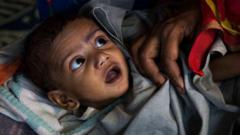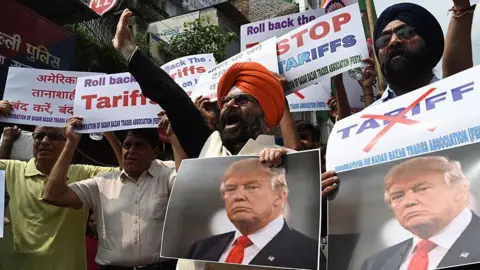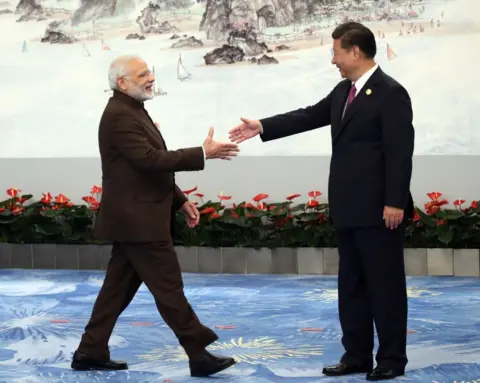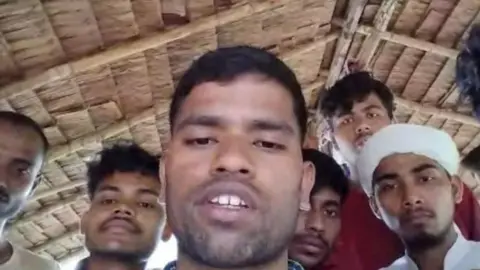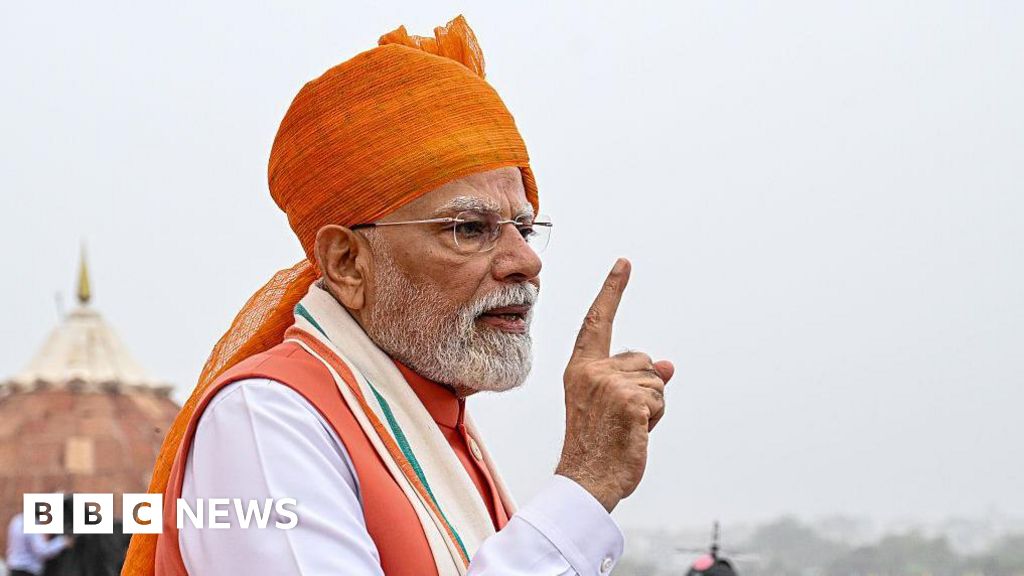The child stunting crisis in India is a pressing challenge, as recent official data indicates that 35% of the country's approximately 137 million children under five years old are affected. New research has drawn attention to the grave consequences of longstanding caste discrimination in India, which has exacerbated malnutrition among children, leading to higher stunting rates than those found in Sub-Saharan Africa. Together, these regions account for almost 70% of the world’s stunted children, despite notable improvements in recent years.
A child is categorized as stunted when they fall short of the anticipated height for their age; this condition serves as a crucial indicator of nutritional deficiencies. A study conducted by Ashwini Deshpande from Ashoka University and Rajesh Ramachandran from Monash University highlights that simply focusing on the height gap between Indian and African children misses a vital aspect of the problem—the impact of social identity, particularly caste.
The first 1,000 days of a child’s life, often referred to as the “golden period,” are significant for brain development and future potential. In these formative years, children’s access to healthcare, nutrition, early learning opportunities, and safe environments are critical.
Both India and Sub-Saharan Africa have parallels, including growing middle classes and high workforce potential. According to a World Bank report from 2021, these regions together comprise over 85% of the global poor, revealing persistent issues with poverty and development.
The research indicates that more than one-third of India's under-five children are not only stunted but also underweight. Among socially disadvantaged groups—such as adivasis and Dalits—stunting rates are more pronounced. By comparison, children from higher-ranked, non-stigmatized caste groups in India exhibit a significantly lower stunting rate at 27%, showing a stark contrast in health outcomes across caste lines.
Despite having enacted affirmative action policies for over seventy years, the deep-rooted caste system still influences nutritional access, resulting in children from marginalized groups being approximately 20% more likely to experience stunting due to factors like calorie availability and living conditions.
The complex debate surrounding stunting rates includes theories on genetic predisposition versus the influence of generational nutritional improvements. Some discussions have suggested gender disparities in stunting rates, but comprehensive analyses show that children from impoverished families with less-educated mothers are especially susceptible to being stunted.
The research underscores that the discourse surrounding child height discrepancies has often ignored the social implications tied to caste status in India—a critical consideration for understanding child nutrition challenges. The study employed extensive demographic and health survey data, capturing the anthropometric outcomes of nearly 400,000 children to provide a broad perspective on this pressing issue.
Recognizing the interplay between caste and child malnutrition is essential for crafting effective interventions to address the stunting crisis affecting India's youngest population.

